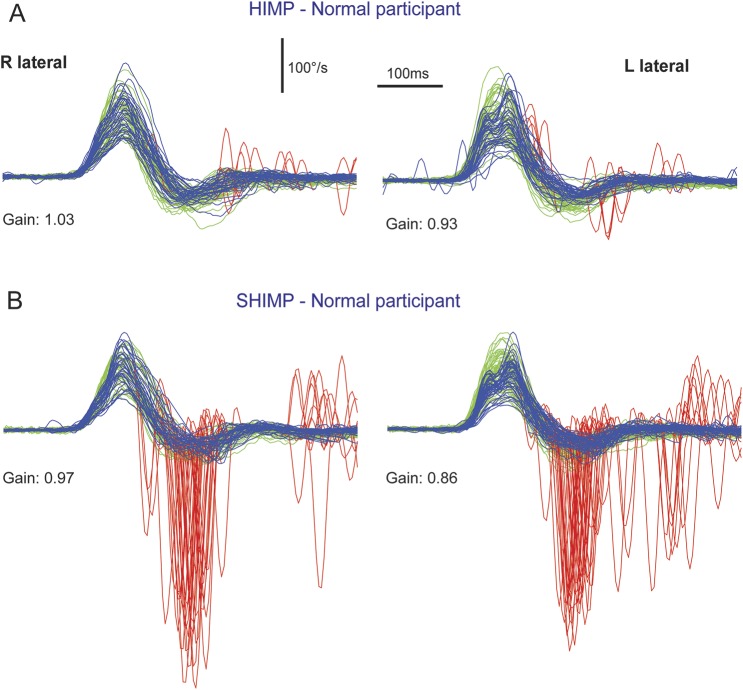Figure 1. Video head impulse test of a healthy control with SHIMP compared to conventional HIMP.
During SHIMP (B), the participant's task is to fixate a target, which is moving with the head, whereas in conventional HIMP (A), the target remains stationary. The figure illustrates the typical HIMP and SHIMP saccade pattern in a healthy control. (A) During conventional HIMP, a healthy control elicits only few mostly positive catch-up saccades (red) after the end of the head impulse. (B) During SHIMP, the same healthy control shows large negative saccades after the end of the head impulse reflecting anticompensatory eye movements back to the head-fixed target. Both paradigms give similar but slightly lower vestibulo-ocular reflex gain values during SHIMP compared to HIMP, but a complementary saccade pattern. Head velocity = green traces; inverted slow phase eye velocity = blue traces; saccades = red traces; HIMP = conventional head impulse paradigm; SHIMP = suppression head impulse paradigm.

